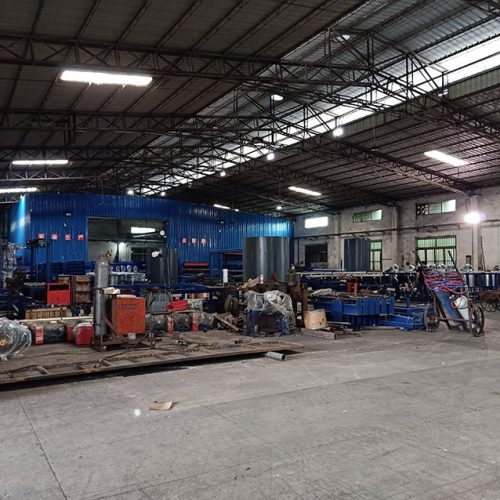While foam machinery may appear to have a simple operating principle, its internal structure is complex, making maintenance a highly technical task.
Communication with On-Site Operators
On-site operators are the closest companions of CNC cutting machines and are usually the first to notice various faults. Therefore, when a malfunction occurs, repair personnel should refrain from hastily taking action. Instead, they should engage in thorough communication with the operators. Detailed inquiries should be made about the machine’s working state, manifestations of the problem, consequences, whether it resulted from operator error, and if the fault can be reproduced. This helps repair personnel quickly analyze and determine the cause of the malfunction.
Utilizing the Self-Diagnostic Function of CNC Systems
Most CNC systems come equipped with comprehensive self-diagnostic systems. During power-up initialization or operation, CNC cutting machines can perform self-diagnosis on themselves or their interfaces within a certain range. Repair personnel should be familiar with various alarm messages from the system’s self-diagnosis. Analyzing these messages according to the manual helps determine the scope of the fault and locate faulty components. For imported CNC systems, diagnosis may be limited to the board level, and board-level repairs usually rely on the manufacturer’s after-sales repair department.
Logical Search Using PLC Program
Modern CNC control systems generally include a PLC controller, often an embedded PLC control. Repair personnel should analyze the control electrical components of the machine using ladder diagrams, visually observing the status of CNC system I/O on the CRT. Through logical analysis of the PLC program, problem areas can be easily identified.
Cleaning Methods for foam Machinery Factory
1.Maintain Electrical Equipment Cleanliness to Prevent Dust Ingress.
2.In the event of a short circuit, replace the fuse with one of the same capacity for foam machinery.
3.Ensure proper grounding for mechanical connections; regularly clean exposed parts such as oil or rust-proof screw ends.
4.Inspect exposed hoses and wires for crushing, stretching, and local damage.
5.Ensure consistency between mechanical use and the indications of electrical equipment.

